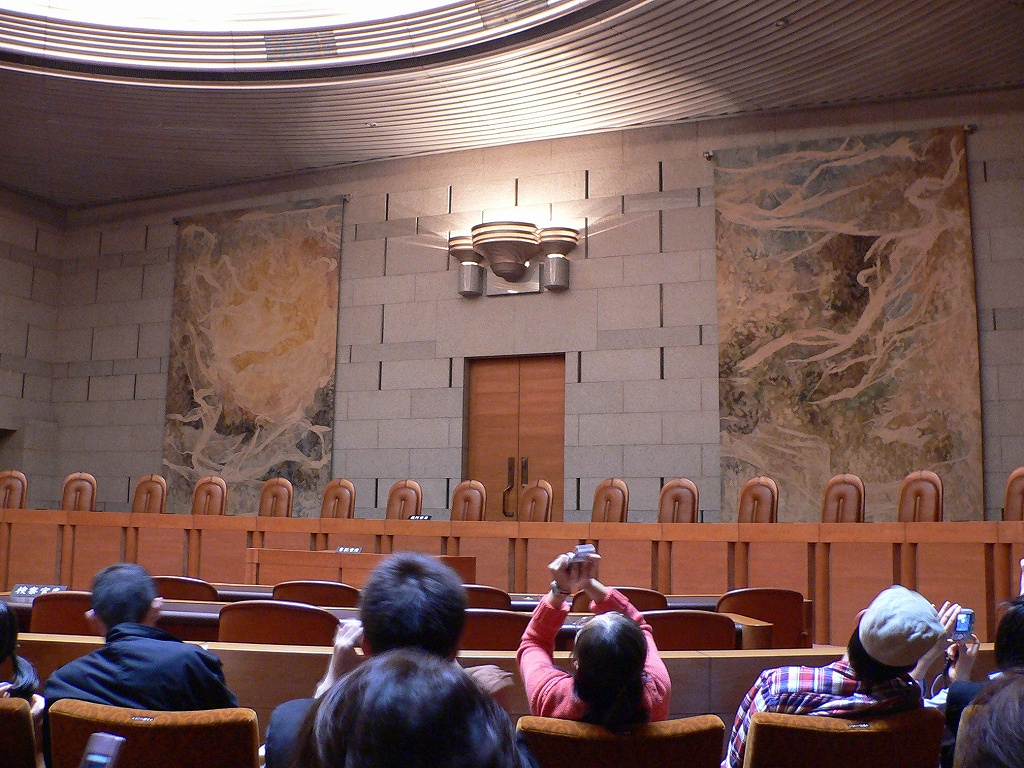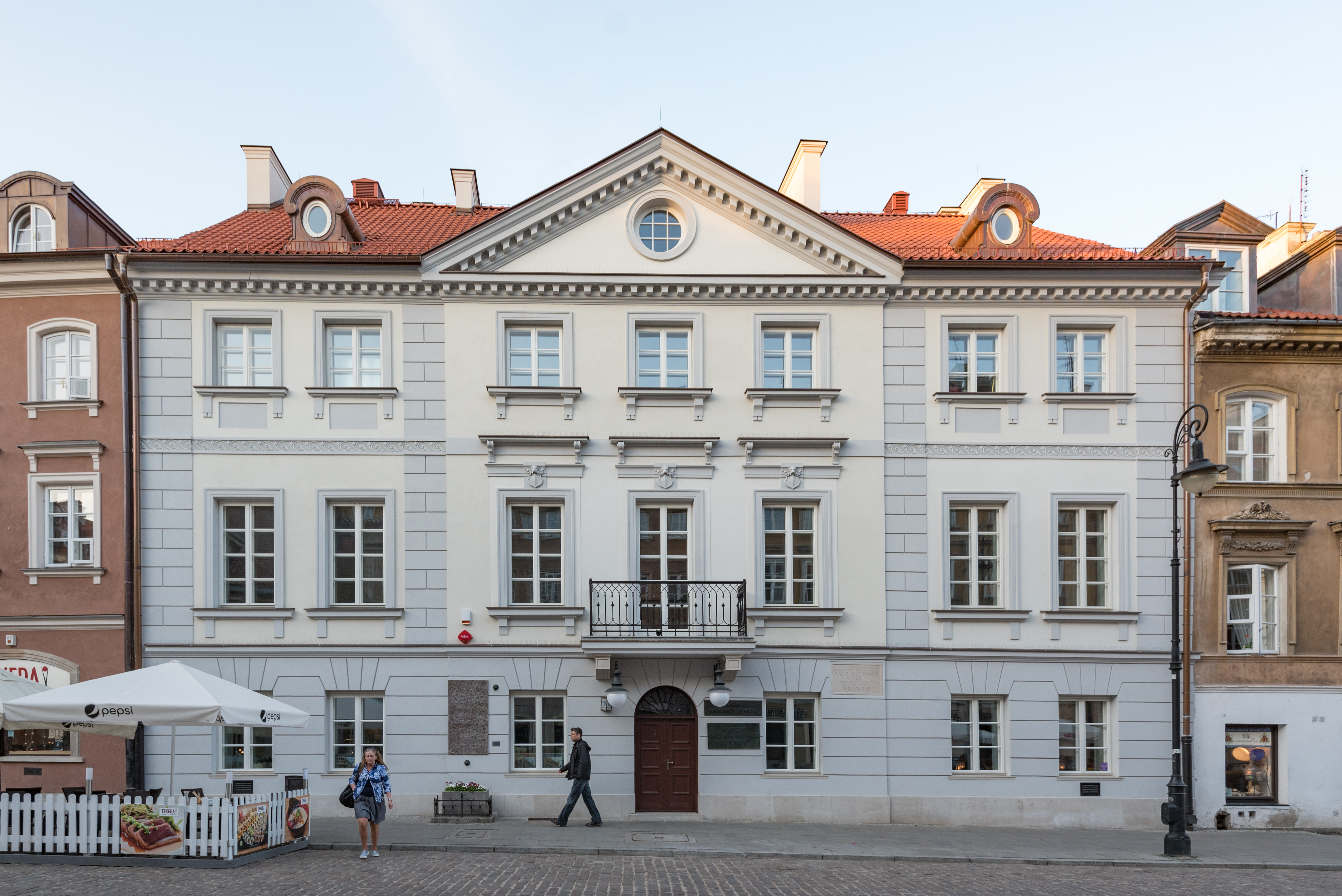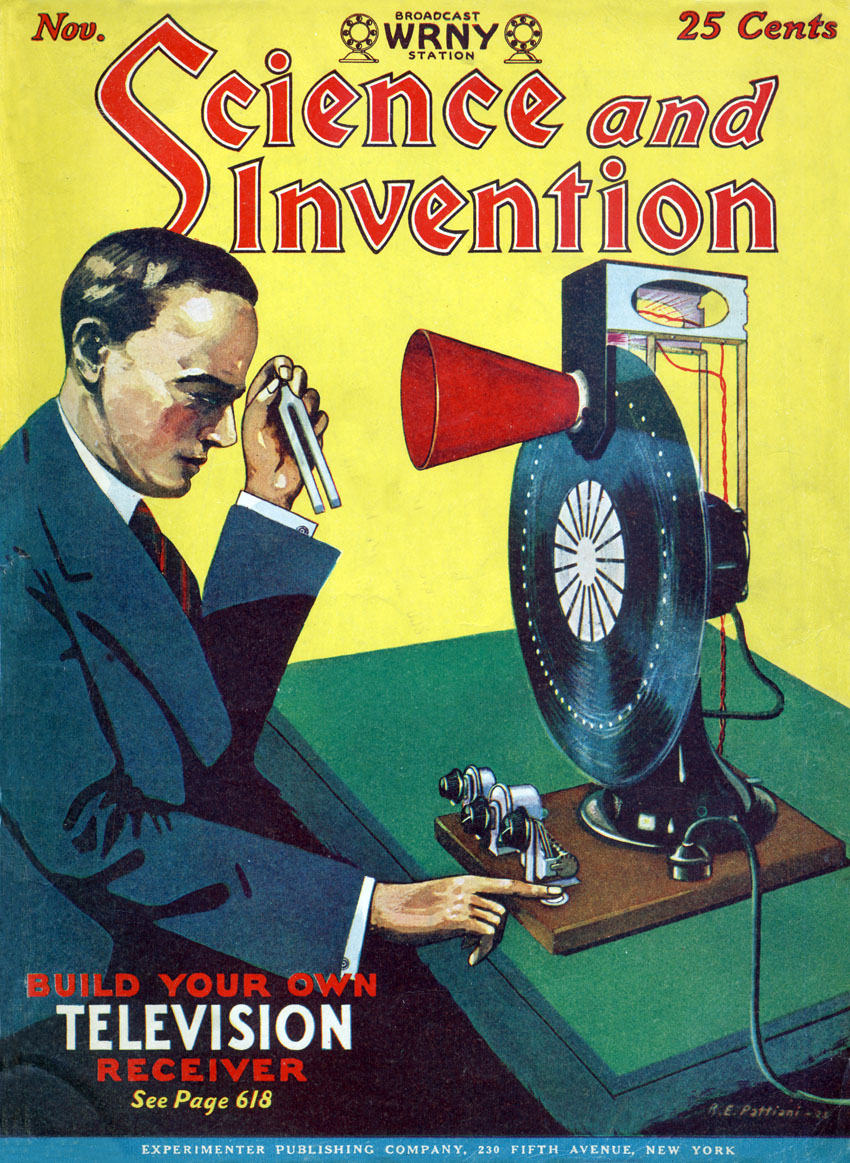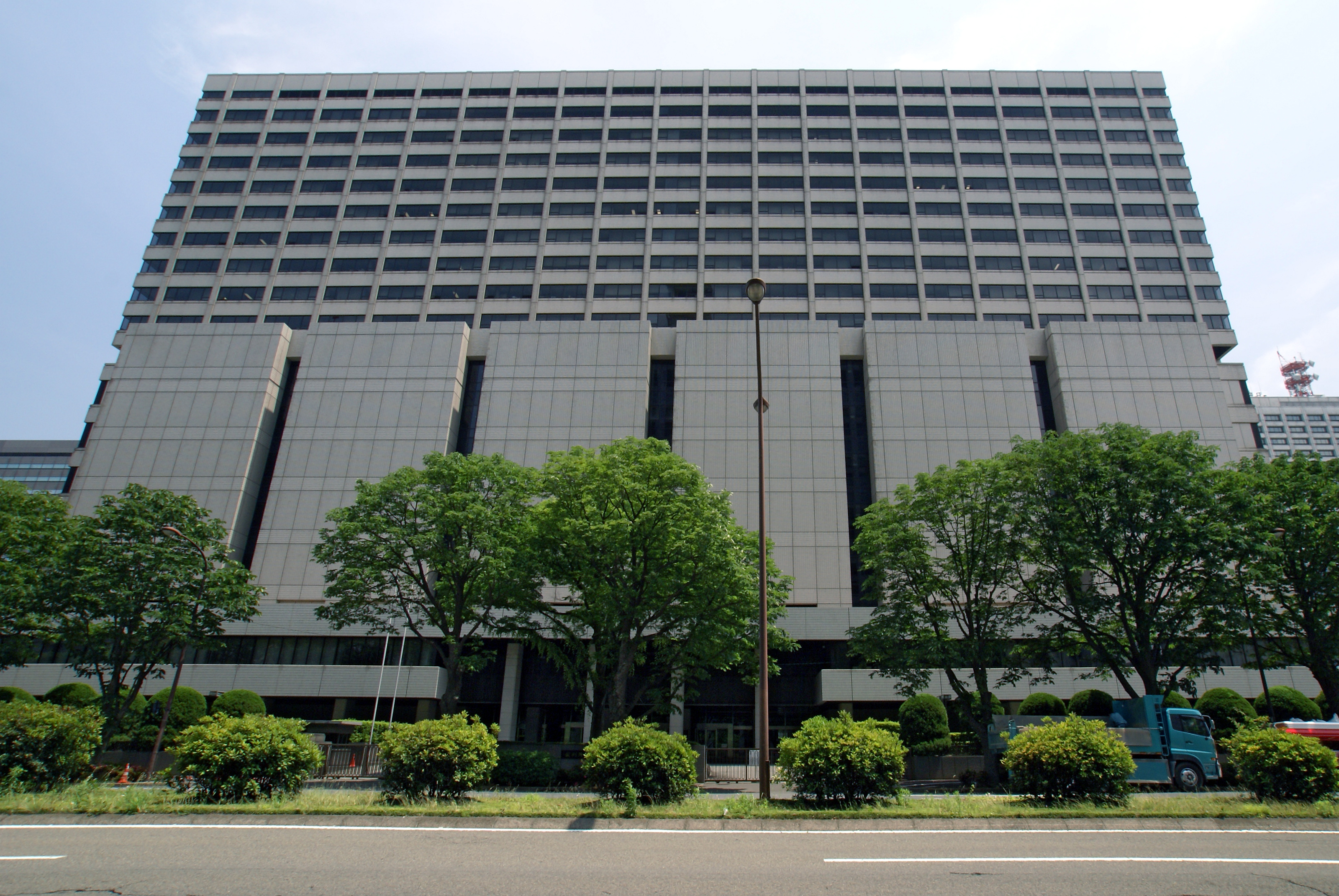|
Atomic Energy Generation Device Case
The ''Atomic Energy Generation Device ''Case (原子力エネルギー発生装置事件) is a 1969 decision of the Supreme Court of Japan concerning the patentability of a method of transformation of atomic nuclei. All members of the patent family had been granted in other countries, and the Japan Patent Office (JPO) did not find any prior art which could destroy the novelty (patent), novelty and inventive step of claim (patent), claimed inventions. However, the JPO rejected the patent application as being lack of industrial safety requirements. This is the first Japanese Supreme Court case concerning patentable subject matter. Background In 1940, the ''Commissariat à l'énergie atomique'' of France filed a patent application in Japan for an "Atomic Energy Generation Device". The application claimed a priority priority under the Paris Convention for the Protection of Industrial Property, Paris Convention from a French patent application filed on 1 May 1939. The case was represen ... [...More Info...] [...Related Items...] OR: [Wikipedia] [Google] [Baidu] |
Supreme Court Of Japan
The , located in Hayabusachō, Chiyoda, Tokyo, is the highest court in Japan. It has ultimate judicial authority to interpret the Japanese constitution and decide questions of national law. It has the power of judicial review, which allows it to determine the constitutionality of any law or official act. History The modern Supreme Court was established in Article 81 of the Constitution of Japan in 1947. There was some debate among the members of the SCAP legal officers who drafted the constitution and in the Imperial Diet meeting of 1946 over the extent of the power of the judiciary, but it was overshadowed by other major questions about popular sovereignty, the role of the emperor, and the renunciation of war. Although the ratified wording in Article 81 states that court possesses the power of judicial review, a part of the court's early history involved clarifying the extent of this power. In 1948, the court declared that the constitution meant to establish the type of ju ... [...More Info...] [...Related Items...] OR: [Wikipedia] [Google] [Baidu] |
Nobuchika Sugimura
was a Japanese inventor and patent attorney. He was the first chairman of the Japan Patent Attorneys Association. Career After graduating from the University of Tokyo, Nobuchika joined Shibaura Seisakusho as a mechanical engineer. During his career there, he created 12 patented inventions including a US patent. In 1920, he was qualified as a patent attorney and transferred to work in Shibaura's patent division. He was the first in-house patent attorney in Japan. In 1923, he left Shibaura and founded Sugimura International Patent and Trademark Attorneys. In 1925, he assisted Hidetsugu Yagi in securing a patent for the Yagi–Uda antenna. Yagi is listed among the Ten Japanese Great Inventors by the Japan Patent Office for this very invention. In 1961, he was awarded by the Government of Japan with the Medals of Honor (Japan), Medal of Honor with Blue Ribbon (藍綬褒章) for all his contributions as a patent attorney. Select works *Irène Joliot-Curie's Atomic Energy Generation ... [...More Info...] [...Related Items...] OR: [Wikipedia] [Google] [Baidu] |
Yuhikaku
is a Japanese publishing company Publishing is the activity of making information, literature, music, software and other content available to the public for sale or for free. Traditionally, the term refers to the creation and distribution of printed works, such as books, newsp ... known as a specialist legal publisher. It has been run by the Egusa family since its foundation in 1877, headquartered in Kanda-Jinbōchō, Tokyo. References External links Yuhikaku Publishing Publishing companies established in 1877 Book publishing companies in Tokyo Magazine publishing companies in Tokyo Mass media companies based in Tokyo 1877 establishments in Japan {{Publishing-stub ... [...More Info...] [...Related Items...] OR: [Wikipedia] [Google] [Baidu] |
Nobel Prize In Chemistry
) , image = Nobel Prize.png , alt = A golden medallion with an embossed image of a bearded man facing left in profile. To the left of the man is the text "ALFR•" then "NOBEL", and on the right, the text (smaller) "NAT•" then "MDCCCXXXIII" above, followed by (smaller) "OB•" then "MDCCCXCVI" below. , awarded_for = Outstanding contributions in chemistry , presenter = Royal Swedish Academy of Sciences , location = Stockholm, Sweden , reward = 9 million SEK (2017) , year = 1901 , holder = Carolyn R. Bertozzi, Morten P. Meldal and Karl Barry Sharpless (2022) , most_awards = Frederick Sanger and Karl Barry Sharpless (2) , website nobelprize.org, previous = 2021 , year2=2022, main= 2022, next= 2023 The Nobel Prize in Chemistry is awarded annually by the Royal Swedish Academy of Sciences to scientists in the various fields of chemistry. It is one of the five Nobel Prizes established by the will of Alfred Nobel in 1895, award ... [...More Info...] [...Related Items...] OR: [Wikipedia] [Google] [Baidu] |
Madame Curie
Marie Salomea Skłodowska–Curie ( , , ; born Maria Salomea Skłodowska, ; 7 November 1867 – 4 July 1934) was a Polish and naturalized-French physicist and chemist who conducted pioneering research on radioactivity. She was the first woman to win a Nobel Prize, the first person and the only woman to win a Nobel Prize twice, and the only person to win a Nobel Prize in two scientific fields. Her husband, Pierre Curie, was a co-winner of her first Nobel Prize, making them the first-ever married couple to win the Nobel Prize and launching the Curie family legacy of five Nobel Prizes. She was, in 1906, the first woman to become a professor at the University of Paris. She was born in Warsaw, in what was then the Kingdom of Poland, part of the Russian Empire. She studied at Warsaw's clandestine Flying University and began her practical scientific training in Warsaw. In 1891, aged 24, she followed her elder sister Bronisława to study in Paris, where she earned her highe ... [...More Info...] [...Related Items...] OR: [Wikipedia] [Google] [Baidu] |
Irène Joliot-Curie
Irène Joliot-Curie (; ; 12 September 1897 – 17 March 1956) was a French chemist, physicist and politician, the elder daughter of Pierre and Marie Curie, and the wife of Frédéric Joliot-Curie. Jointly with her husband, Joliot-Curie was awarded the Nobel Prize in Chemistry in 1935 for their discovery of induced radioactivity, making them the second-ever married couple (after her parents) to win the Nobel Prize, while adding to the Curie family legacy of five Nobel Prizes. This made the Curies the family with the most Nobel laureates to date. She was also one of the first three women to be a member of a French government, becoming undersecretary for Scientific Research under the Popular Front in 1936. Both children of the Joliot-Curies, Hélène and Pierre, are also prominent scientists. In 1945, she was one of the six commissioners of the new French Alternative Energies and Atomic Energy Commission (CEA) created by de Gaulle and the Provisional Government of the Fr ... [...More Info...] [...Related Items...] OR: [Wikipedia] [Google] [Baidu] |
Inventor
An invention is a unique or novel device, method, composition, idea or process. An invention may be an improvement upon a machine, product, or process for increasing efficiency or lowering cost. It may also be an entirely new concept. If an idea is unique enough either as a stand alone invention or as a significant improvement over the work of others, it can be patented. A patent, if granted, gives the inventor a proprietary interest in the patent over a specific period of time, which can be licensed for financial gain. An inventor creates or discovers an invention. The word ''inventor'' comes from the Latin verb ''invenire'', ''invent-'', to find. Although inventing is closely associated with science and engineering, inventors are not necessarily engineers or scientists. Due to advances in artificial intelligence, the term "inventor" no longer exclusively applies to an occupation (see human computers). Some inventions can be patented. The system of patents was established ... [...More Info...] [...Related Items...] OR: [Wikipedia] [Google] [Baidu] |
Tokyo High Court
is a high court in Kasumigaseki, Chiyoda, Tokyo, Japan. The is a special branch of Tokyo High Court. Japan has eight high courts: Tokyo, Osaka, Nagoya, Hiroshima, Fukuoka, Sendai, Sapporo, and Takamatsu. Each court has jurisdiction over one of eight territories in the country. Each has a president and several high court judges. Typically three judges will sit to hear a case, though in some cases - such as ones related to insurrection - five judges will sit. Jurisdiction The High Court has the jurisdiction to hear appeals to judgments rendered by district courts in the first instance and family courts. This excludes cases under the jurisdiction of the Supreme Court. Appeals to criminal cases go directly to high courts, but civil case appeals are first handled by district courts. The Tokyo High Court has exclusive original jurisdiction over cases that involve quasi-judicial agencies, including the ability to rescind decisions in cases made by such agencies. Intellectual Proper ... [...More Info...] [...Related Items...] OR: [Wikipedia] [Google] [Baidu] |
Industrial Property Rights
Intellectual property (IP) is a category of property that includes intangible creations of the human intellect. There are many types of intellectual property, and some countries recognize more than others. The best-known types are patents, copyrights, trademarks, and trade secrets. The modern concept of intellectual property developed in England in the 17th and 18th centuries. The term "intellectual property" began to be used in the 19th century, though it was not until the late 20th century that intellectual property became commonplace in the majority of the world's legal systems."property as a common descriptor of the field probably traces to the foundation of the World Intellectual Property Organization (WIPO) by the United Nations." in Mark A. Lemley''Property, Intellectual Property, and Free Riding'', Texas Law Review, 2005, Vol. 83:1031, page 1033, footnote 4. The main purpose of intellectual property law is to encourage the creation of a wide variety of intellectual goo ... [...More Info...] [...Related Items...] OR: [Wikipedia] [Google] [Baidu] |
World War II
World War II or the Second World War, often abbreviated as WWII or WW2, was a world war that lasted from 1939 to 1945. It involved the World War II by country, vast majority of the world's countries—including all of the great powers—forming two opposing military alliances: the Allies of World War II, Allies and the Axis powers. World War II was a total war that directly involved more than 100 million Military personnel, personnel from more than 30 countries. The major participants in the war threw their entire economic, industrial, and scientific capabilities behind the war effort, blurring the distinction between civilian and military resources. Air warfare of World War II, Aircraft played a major role in the conflict, enabling the strategic bombing of population centres and deploying the Atomic bombings of Hiroshima and Nagasaki, only two nuclear weapons ever used in war. World War II was by far the List of wars by death toll, deadliest conflict in hu ... [...More Info...] [...Related Items...] OR: [Wikipedia] [Google] [Baidu] |
Sugimura International Patent And Trademark Attorneys
formerly known as Sugimura International Patent and Trademark Attorneys is an intellectual property law firm based in Japan. The firm has an international presence, representing clients from around the world. The firm represents more than 200 clients ranging from single inventors and start-ups to academic institutions and international corporations. Approximately half of Sugimura's client base consists of Japanese businesses and organizations, while the other half is foreign counterparts. It has a global legal network in over 40 countries. History Sugimura was founded in 1923 by patent attorney and engineer Nobuchika Sugimura. The firm specializes in providing quality legal services in the acquisition, protection and consultation of Japanese IP rights, and is repeatedly ranked among the top Japanese patent and trademark firms. The company has offices in Japan and the United States, as well as professional relationships with associate law firms located in more than 80 countries. ... [...More Info...] [...Related Items...] OR: [Wikipedia] [Google] [Baidu] |







